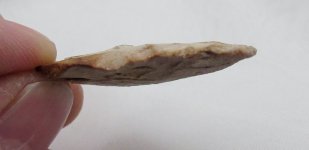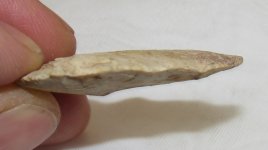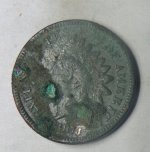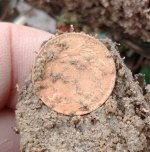diggummup
Gold Member
- Jul 15, 2004
- 17,815
- 10,120
- Detector(s) used
- Whites M6
- Primary Interest:
- All Treasure Hunting
I'm not a serious collector of Native American Artifacts but I have found a few in the wild and do have an interest in the field itself. Having said that, the few times when I have posted items on here that I am unsure of, I will pay heed to the advice of the experts (99% of the time).
What I don't understand are those that post rocks and want to argue with the experts (and there are a few real ones) on here.
To me, it seems they aren't really looking for an answer to the object in question, so much as they are wanting confirmation of their own preconceived notions for their "artifact". Once told that it's not an artifact, they get mad.
So to all those who already "know" you have an "artifact" there is no need for you to post it looking for validation or confirmation. For those that don't know and really are asking for advice, just listen. No one here has an agenda. They are here to help. Me too, whenever that's possible.
Now, what do you think of this piece? This was picked up years ago in either Ky. or Tn., I forget exactly.
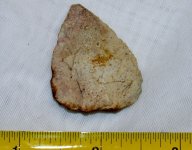
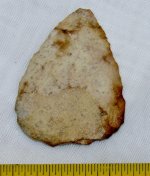
What I don't understand are those that post rocks and want to argue with the experts (and there are a few real ones) on here.
To me, it seems they aren't really looking for an answer to the object in question, so much as they are wanting confirmation of their own preconceived notions for their "artifact". Once told that it's not an artifact, they get mad.
So to all those who already "know" you have an "artifact" there is no need for you to post it looking for validation or confirmation. For those that don't know and really are asking for advice, just listen. No one here has an agenda. They are here to help. Me too, whenever that's possible.
Now, what do you think of this piece? This was picked up years ago in either Ky. or Tn., I forget exactly.


Upvote
0


